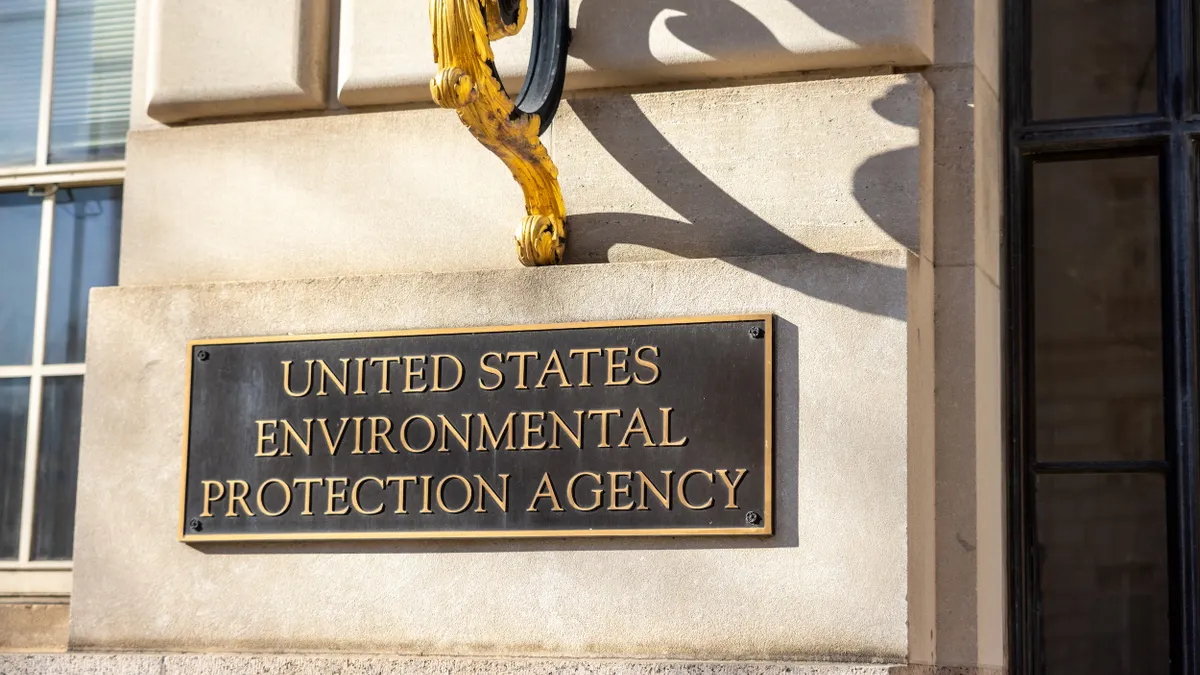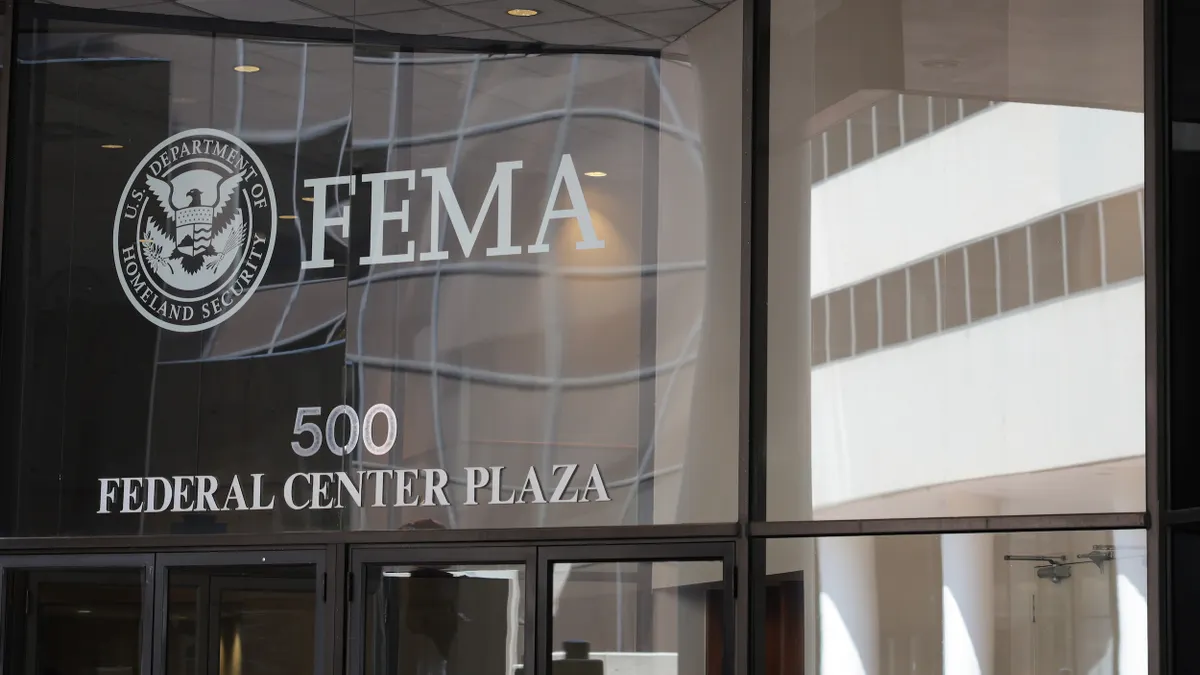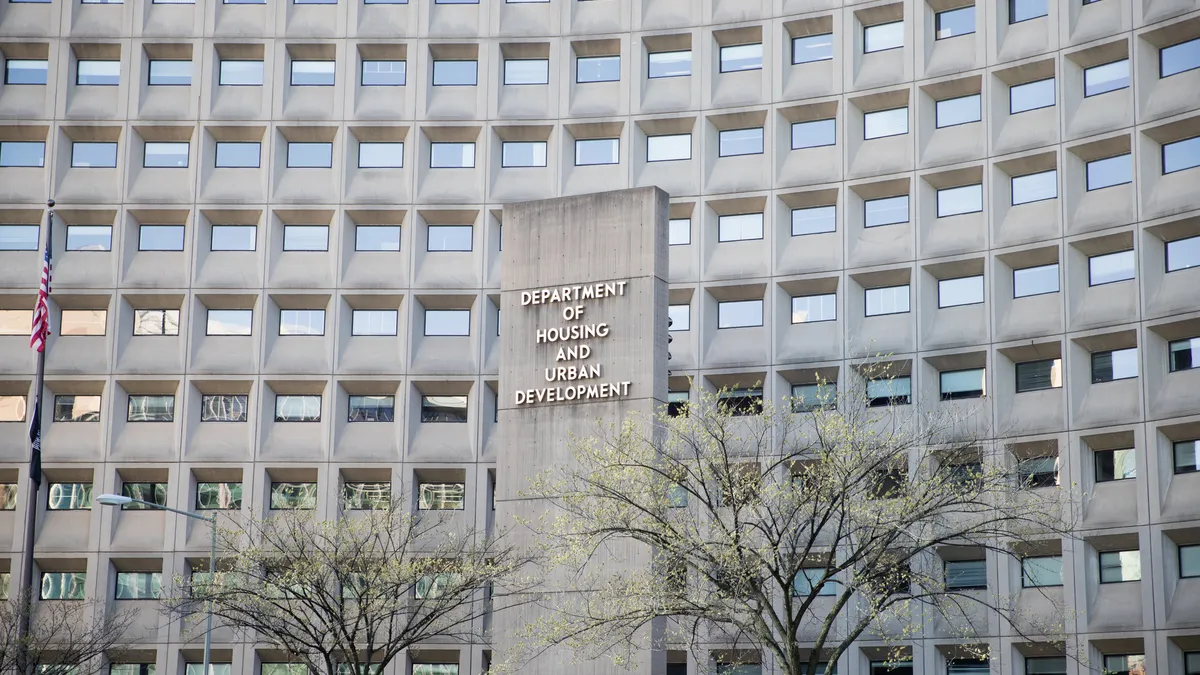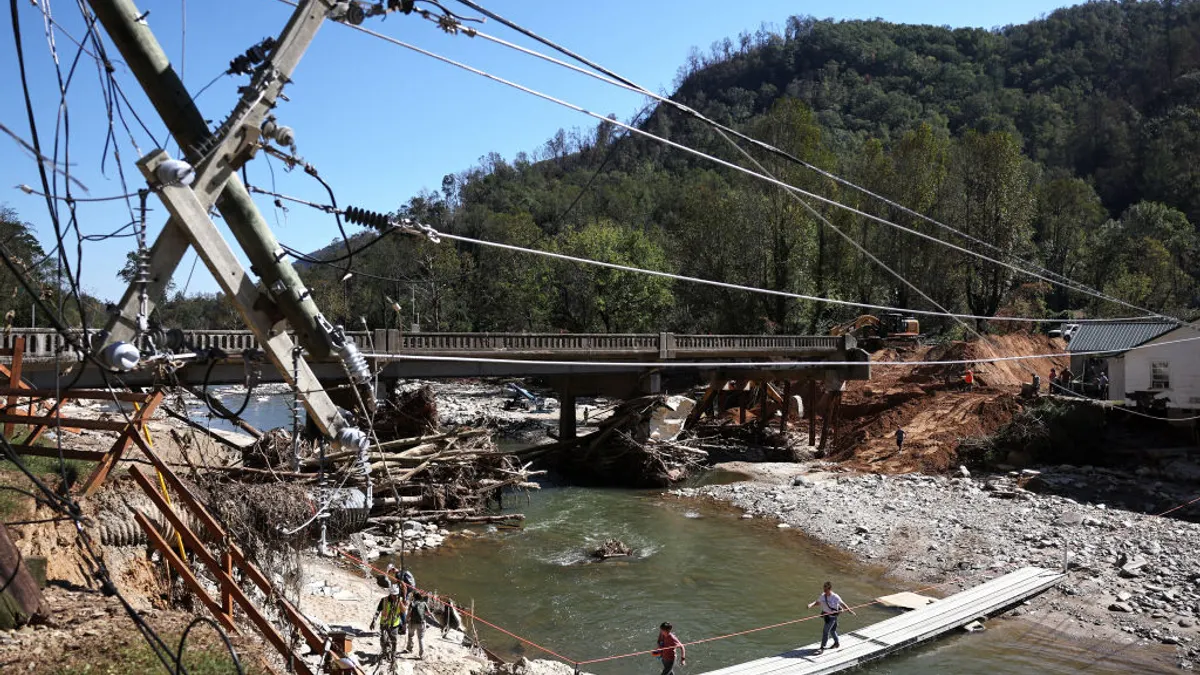Editor's Note: The following is a guest post from Leanne Huysentruyt, PhD, molecular diagnostics segment manager at Bio-Rad Laboratories.
Several months into the COVID-19 pandemic, we’re still working to overcome some of the fundamental challenges associated with regularly testing individuals – and the limitations of those results.
The cost, compliance and logistical complications that come with testing people one at a time mean that we can only capture a snapshot of who has the virus. Every day, individuals spread COVID-19 without realizing they have it; either because they haven’t yet developed symptoms or because they never will.
Due to these concerns, experts are searching for better testing alternatives that provide real insight into the prevalence of the virus in a given community. Out of these efforts, wastewater-based epidemiology (WBE) is emerging as a promising area of growth.
With WBE, epidemiologists use the viral RNA that is shed from an affected individual through feces into wastewater to track COVID-19’s spread. Crucially, the RNA can be detected before symptoms appear, sounding an early alarm that can lead to further action, such as increased diagnostic testing or temporary isolation. For communities that are already isolated, such as a college campus, or where an outbreak could have major impacts, such as an airport, this can greatly limit the spread of COVID-19.
How does it work?
Some 27% to 81% of people infected with SARS-CoV-2, the virus that causes COVID-19, will shed viral RNA from their feces into the environment for approximately 30 to 40 days. Once in the wastewater, the viral RNA will be present and stable for about a week. This is true for people who are asymptomatic or who are no longer testing positive on a respiratory tract assay as they have a low viral load.
To take a sample, the epidemiologists can use one of two methods: composite or grab sampling. A composite sample is when many smaller samples are taken over a 24-hour period to give an overall view of the viral RNA present. A grab sample is when one sample is taken during a peak time to give a one-off snapshot.
Once the wastewater sample is obtained, methods such as a real-time or droplet digital polymerase chain reaction (RT-PCR or ddPCR) are used to test for the presence of viral RNA. Because there is a low abundance rate after dilution, the method needs to have a high sensitivity to be able to detect the virus. In one study, ddPCR was able to detect viral RNA between levels of 101 to 104 copies per 100 mL−1.
While the results will vary based on the sampling method and type of test used, WBE has been shown to detect one to two cases of COVID-19 in a population of up to 10,000 people.
Managing the pandemic through sewage
WBE is not a new solution, yet the current COVID-19 pandemic has brought new urgency to the field, allowing researchers to move quickly. Epidemiologists are rapidly creating a roadmap for its use as a surveillance tool for managing new infections. A lot of this research is focused on optimizing workflows and better understanding how to apply it in the field.
Researchers in Southeast Virginia recently conducted a 21-week study to optimize protocols and gauge efficacy. They collected both composite and grab samples from wastewater plants that served a region of 1.7 million people. For testing, they used ddPCR with three markers recommended by the CDC. Through the study, they were able to systematically optimize their workflows for recovering the sample and testing it.
Many other community groups are coming together to further its application. Some have proposed a global collaboration where researchers can share information, such as workflows, data and standards, that will help move research forward quickly.
The Sewage Analysis CORe group Europe (SCORE), the Global Water Pathogen Project and others jointly launched the COVID-19 WBE Collaborative. The group provides a centralized place for researchers to communicate about COVID-19 WBE efforts. With features such as a Slack channel for rapid communication and a platform to share protocol information, such as extraction techniques, the goal is to help epidemiologists produce comparable results that shine a light on how WBE can be used effectively to manage the COVID-19 pandemic.
While many groups work to optimize the workflows for WBE in a research setting, others are beginning to implement this powerful tool in communities to directly manage the spread of the virus. This type of surveillance is a great fit for communities that are somewhat isolated, such as a college campus.
Kyle Bibby, PhD, associate professor at the University of Notre Dame, has implemented WBE on the Notre Dame campus to manage potential outbreaks in campus housing. This eases the university’s burden of individual testing on students living in dorms while also preventing the potential spread of COVID-19 within a dormitory. To perform this testing, Bibby and his team set up a continuous autosampler on campus. The results are then analyzed through ddPCR.
So far, the results from the ddPCR test have proven consistent with the infection rates reported from other sources. When wastewater from a specific dormitory contained the viral fragments of SARS-CoV-2, all residents were subsequently required to get a test to identify the specific cases.
While not much positive has come from the COVID-19 pandemic, this is a rare opportunity for researchers to refine WBE testing and learn how to better implement it to fight this pandemic and manage infections in the future. As we continue to learn more and optimize workflows, we can expect that WBE will play a major role in managing the spread of COVID-19.


















